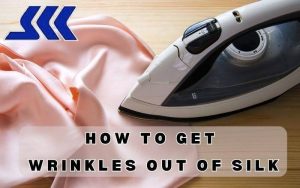Mold can be a nightmare for any homeowner, especially when it starts growing on your beloved leather items. Leather is a durable and stylish material, but it can be susceptible to mold growth if not properly cared for.
In this article, we’ll guide you through the process of cleaning mold off leather and share some tips on how to prevent it from happening in the future. Let’s get started.
What is Mold?
Mold is a type of fungus that can grow on various surfaces, including leather. It thrives in warm, damp environments and appears as a fuzzy or powdery substance on the surface. Mold can be found in different colors, such as black, green, white, or gray.
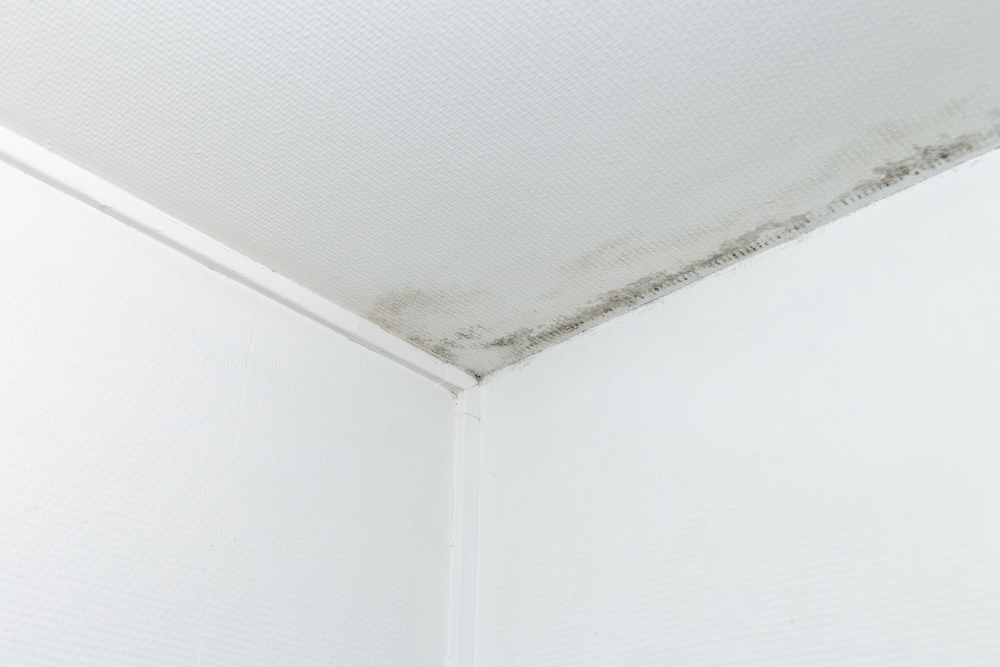
Causes of Mold Growth on Leather
Mold grows on leather when there is a combination of moisture, warmth, and organic material for the mold to feed on. Common causes of its growth in leather items include:
- Humidity or dampness in the storage environment
- Spills or stains that were not properly cleaned
- Lack of regular cleaning and conditioning
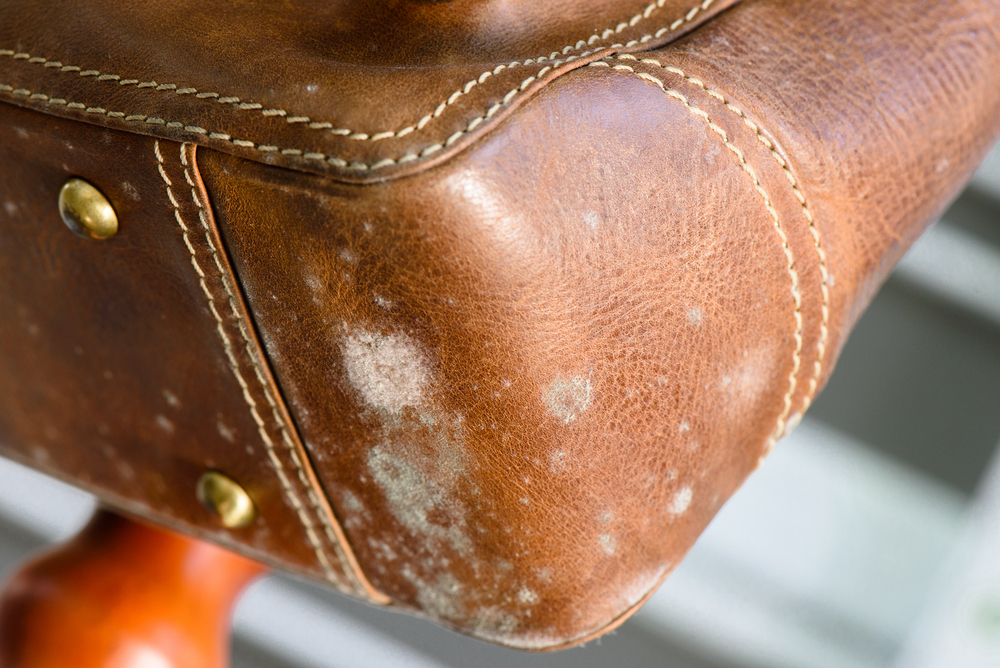
Why It’s Important to Remove Mold from Leather
Health Concerns
Mold can cause various health problems, including allergies, respiratory issues, and skin irritation. Removing it from leather items is crucial to protect your health and the health of those around you.[1]
Damage to Leather
Mold can break down the fibers in leather, causing it to weaken and eventually deteriorate. Cleaning it as soon as it’s noticed can help preserve the material’s quality and appearance.
Preventing Mold Growth
To prevent mold growth on leather items:
- Store them in a cool, dry, and well-ventilated area
- Clean spills and stains immediately
- Regularly clean and condition leather to maintain its moisture and suppleness
Essential Supplies for Cleaning Mold off Leather
To clean mold off leather, you’ll need the following supplies:
- Soft cloth or sponge
- Mild soap or leather cleaner
- Water
- Soft-bristle brush (optional)
- Leather conditioner
How to Clean Mold Off Leather: Step-by-Step Guide
Follow these steps to clean mold off leather items:
Step 1: Prepare the leather item
Take the leather item outside or to a well-ventilated area to avoid spreading mold indoors.
Step 2: Wipe down the surface
Using a soft cloth or sponge, gently wipe the surface of the leather to remove fungus and dirt.
Step 3: Apply mild soap solution
Mix a few drops of mild soap or leather cleaner with water to create a soapy solution. Dampen a cloth or sponge with the solution and wring out the excess water.
Step 4: Gently scrub the moldy areas
Gently scrub the moldy areas using a damp cloth or sponge. For stubborn mold, use a soft-bristle brush.
Step 5: Wash off and dry
Wipe the surface with a clean, damp cloth to remove any soap residue. Then, use a dry cloth to remove excess moisture and let the leather air dry completely.
Step 6: Apply leather conditioner
Once the leather is dry, apply a leather conditioner to restore moisture and protect the surface.
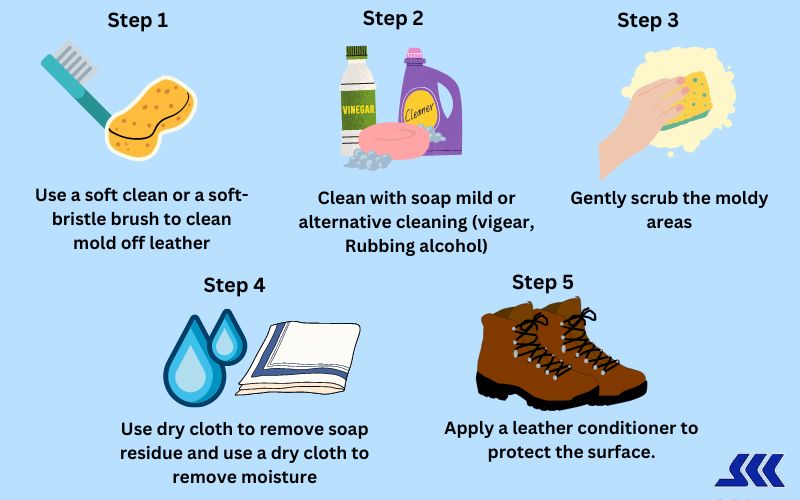
Alternative Cleaning Methods
Vinegar solution
Mix equal parts water and white vinegar to create a cleaning solution. Apply the solution to a cloth or sponge and gently scrub the moldy areas. Rinse and dry the leather.
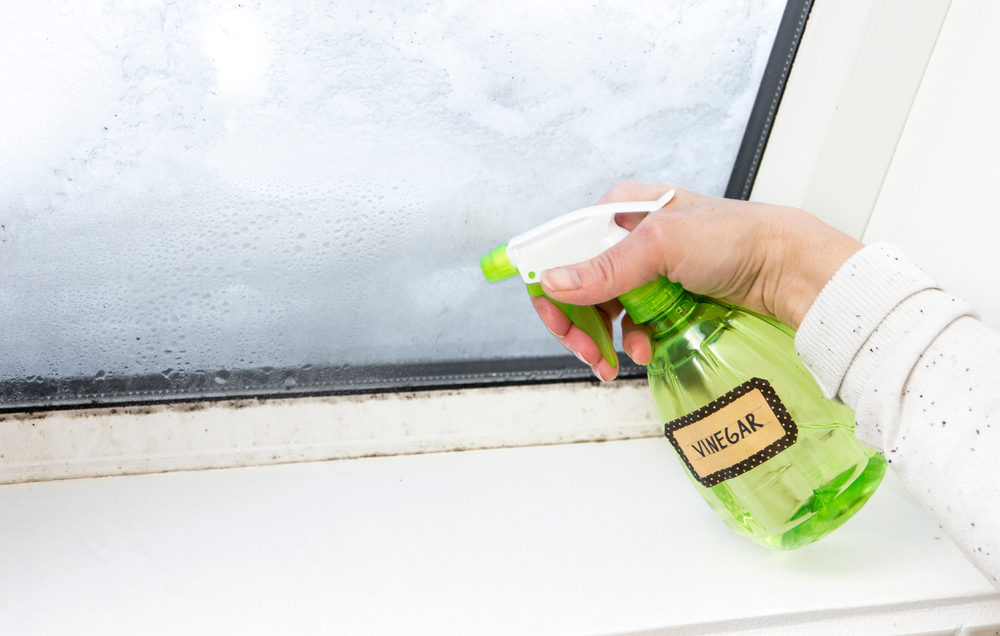
Rubbing alcohol
Combine equal amounts of water and rubbing alcohol to formulate a cleaning mixture. Apply this mixture onto a cloth or sponge and gently rub the affected areas with fungus. Afterward, rinse and dry the leather.
Professional mold removal products
Using a product tailored for leather, follow the manufacturer’s guidelines for applying the remover, cleaning the leather surface, and allowing it to dry properly. You can effectively treat mold issues while preserving the material’s quality and appearance.
Caring for Mold-Prone Leather Items
Regular inspection and cleaning
Regularly check your items for signs of mold growth, especially during humid seasons or if the items are stored in damp environments. Clean and condition leather regularly to maintain its appearance and prevent fungus growth.
Conditioning and protection
Apply a leather conditioner to your items after cleaning to restore moisture and protect the surface. Additionally, consider using a leather protector spray to create a barrier against moisture and mold.
Tips for Cleaning Mold Off Leather
- Always test a cleaning solution on a small, inconspicuous area before applying it to the entire item.
- Avoid using harsh chemicals or abrasive materials, as they can damage the leather surface.
- Do not use heat to dry leather, as it can cause it to become brittle and crack.
- Keep your items away from direct sunlight and heat sources to prevent drying and fading
Conclusion
Properly cleaning and maintaining your leather items can help prevent mold growth and extend the durability of the material. By following the steps and tips in this article, you can effectively clean and keep your items looking their best.
FAQs
- How often should I clean and condition my leather items?
Clean and condition your items every 3 to 6 months or more frequently if they are exposed to damp environments or used regularly.
- Can I use bleach to clean mold off leather?
No, bleach can damage the leather and cause discoloration. Stick to mild soap, vinegar, rubbing alcohol, or commercial mold removers specifically designed for leather.
- Can I use a hairdryer to dry my leather items after cleaning?
It's best to avoid using heat to dry, you should notice that it can cause the leather to become brittle and crack. Instead, allow your items to air dry naturally in a well-ventilated area away from direct sunlight and heat sources.

